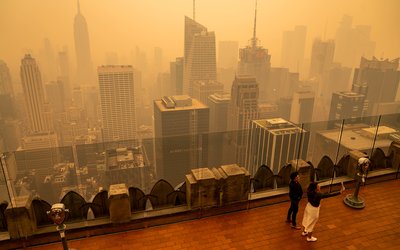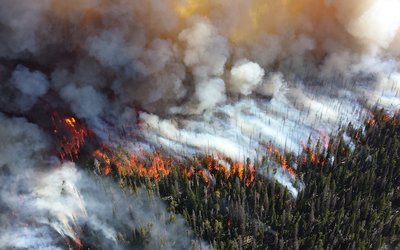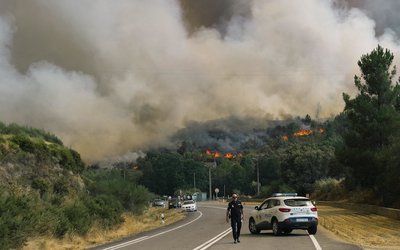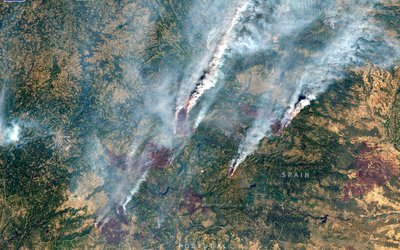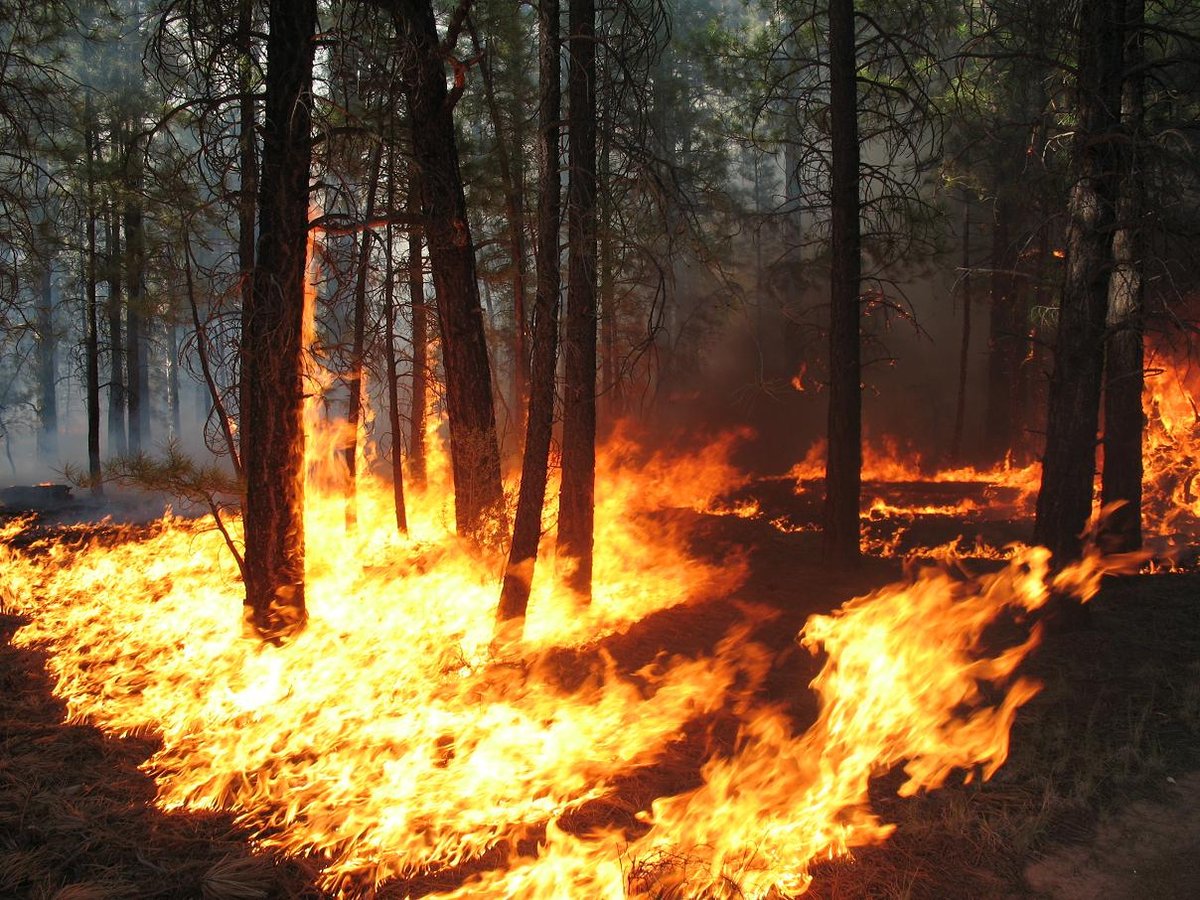
Photo: U.S. Forest Service, Southwestern Region, Kaibab National Forest (www.flickr.com)
Globally, the odds of forested regions getting hit by extreme forest fires are three times higher during years with severe fire weather compared with non-extreme years. Climate change is increasing the likelihood of severe fire weather conditions – hot, dry weather and winds that push forest fires across the landscape. As a result, forest fires are on the rise. This was concluded from a recent global study on forest fires. The authors looked at both extreme forest fire years in regional forests and changes in severe fire weather conditions and made the connection: Severe fire weather conditions are on the rise and, because of this, so is the number of devastating forest fires.
The researchers limited their analysis to pre-dominantly forest and woodland areas. Their results, therefore, only reflect forest fires and not wildfires in, for instance, savannas and grasslands.
More forest fires
The study is based on satellite observations in the period 2002–2023. The researchers adopted the term “extreme fire year” for a given forested region as the year with the greatest amount of burned area in this period. In these “extreme fire years”, the total number of fires and the number of very large fires (≥ 100 km2) were anomalously high in the studied regions. Most regions had at least three times as many very large fires during extreme fire years as the average of other years.
Increase in severe fire weather
The extreme fire years in the studied regions are associated with severe fire weather conditions that occur on average once every 15 years. Climate model projections show that the likelihood of these 1-in-15-year fire weather extremes occurring in forested regions has increased by 88-152% under contemporary climate (2011–2040) conditions compared with the pre-industrial climate (1851–1900).
Flammability-limited
The landscapes with observed increases in fire activity coincide with fuel-rich, flammability-limited lands such as the western United States, Canada, and Siberia. There is enough fuel in these regions to feed large fires, but the flammability of these fuels has historically been relatively low, keeping the number of large fires under control. Now, climate change is increasing the flammability of these forested regions.
There is a distinction between fuel-limited and flammability-limited wildfires. Where the availability of fuel is limiting the number and size of wildfires, the amounts of rain in the prior one to two years is an important factor. This stimulates the growth of vegetation and therefore the available fuel. For flammability-limited wildfires the weather conditions in previous years are not that relevant, there is already enough fuel to feed the fires. Indeed, the researchers did not find relationships between extreme fire years in forested areas and antecedent moisture in the prior one to two years.
Wildfires paint a different picture
The results of this study hold for most forested lands globally. They do not hold for non-forested landscapes and regions dominated by deforestation and forest degradation, however. Savannas and grasslands, for instance, have been turned into less flammable landscapes, reducing burned areas. This explains the different global trends for wildfires in general and forest fires in particular: The land area burned by wildfires has decreased in recent decades, despite the increase in burned forests.
More extreme in the Mediterranean
Human activities in recent decades have additionally exacerbated extreme forest fire years in several global hotspot regions. The Mediterranean Basin is one of them. These activities include the accumulation of fuel and the increase of fuel continuity stemming from fire suppression, abandonment of rural agriculture, forestry practices that favour high-density monocultures, and the introduction of flammable non-native species. Regions with similar changes include Chile, the western US, and Australia.
Source: Abatzoglou et al., 2025. Nature Communications 16: 6390.

